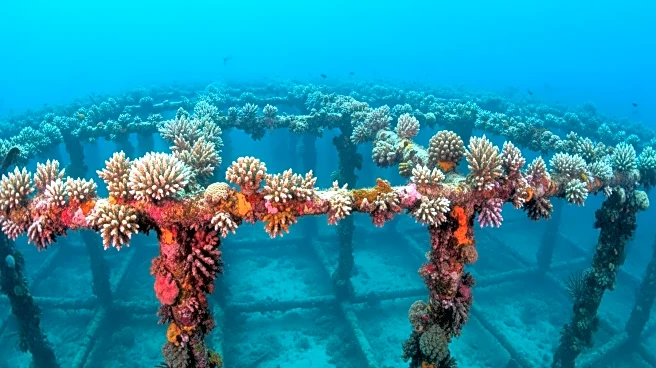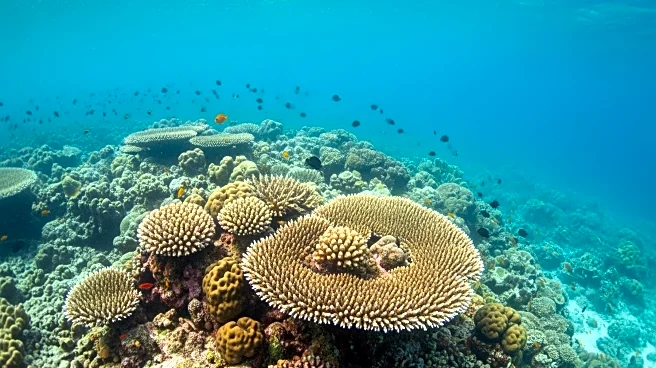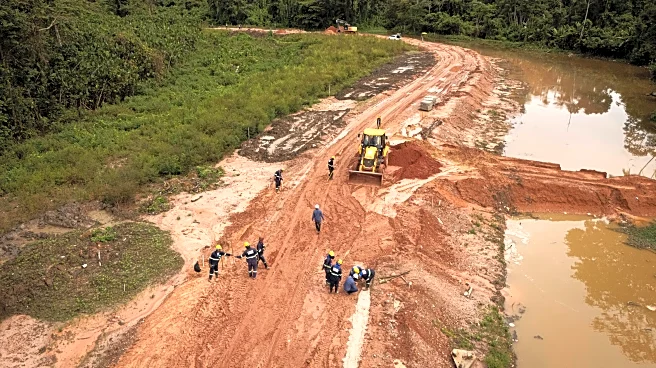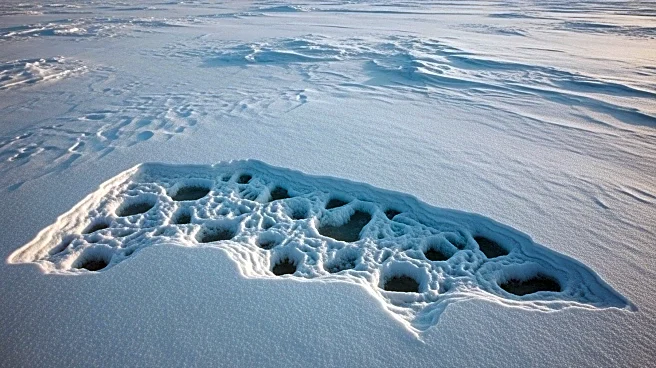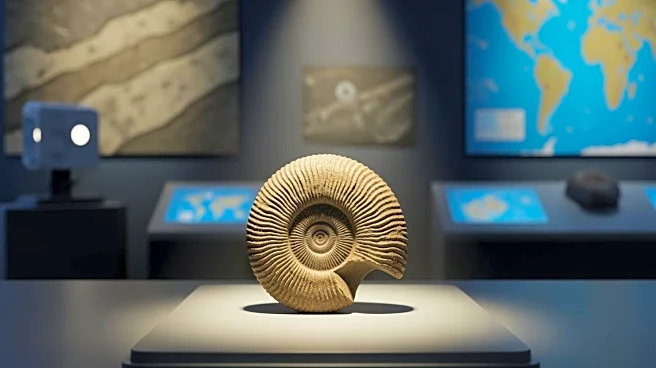What's Happening?
A study conducted by German researchers has revealed that sunken World War II munitions in the Baltic and North Seas have become habitats for marine life. The research, published in the journal Communications
Earth & Environment, documents how species have adapted to the surfaces of these munitions, which were originally intended for destruction. Jens Greinert, a deep-sea researcher at the GEOMAR Helmholtz Centre for Ocean Research, noted the surprising resilience of nature in transforming these remnants of war into thriving ecosystems. The study highlights the long-term environmental impact of wartime activities, as these munitions have been submerged for over 80 years.
Why It's Important?
The findings underscore the complex relationship between human activities and environmental adaptation. While the munitions represent a historical legacy of conflict, their transformation into marine habitats illustrates nature's ability to repurpose human artifacts. This has implications for environmental policy and conservation efforts, as it suggests potential benefits in preserving certain historical sites for ecological purposes. Additionally, the study may influence future discussions on how to manage underwater war remnants, balancing historical preservation with ecological considerations.
